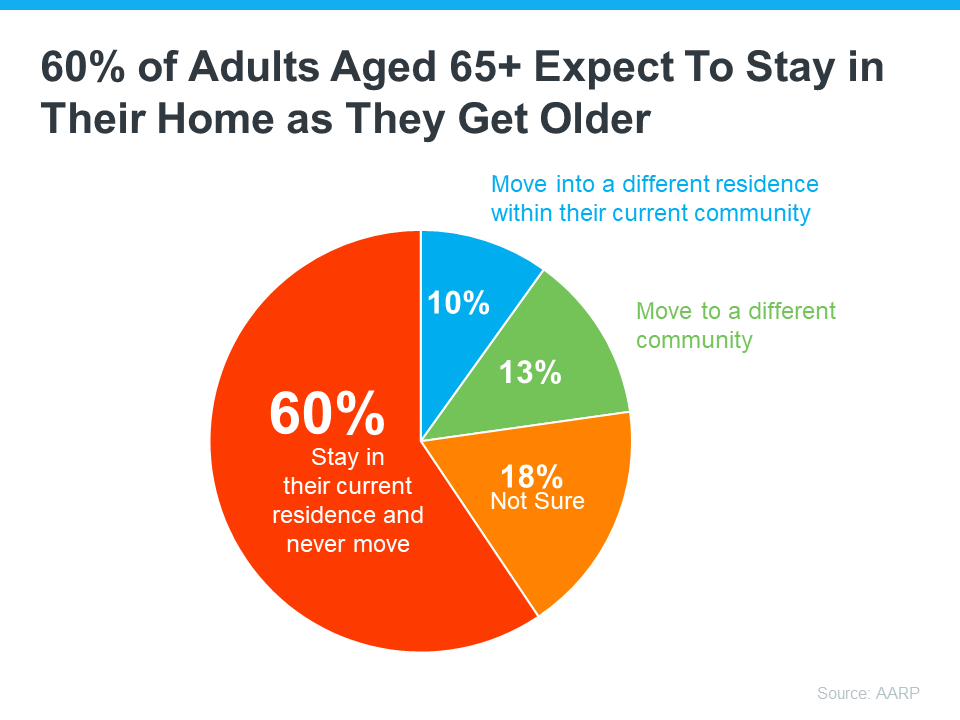
As the Baby Boomer generation gracefully ages, a noticeable trend is emerging that could have a profound impact on the housing market: downsizing. Born between 1946 and 1964, the sheer size of the Baby Boomer generation means that their choices regarding housing will significantly shape the real estate landscape in the coming years. In this blog post, we will explore the reasons behind this downsizing trend, the potential consequences for the housing market, and how it may influence supply and demand dynamics.
The Baby Boomer Downsizing Phenomenon: The decision to downsize is a multifaceted one for Baby Boomers. Many find themselves empty nesters as their children leave home to pursue their own lives and careers. With the kids gone, maintaining a large family home may no longer be practical or necessary. Additionally, the desire for a simpler, more manageable lifestyle often becomes a driving force in the decision to downsize. Smaller homes typically require less maintenance, both in terms of time and cost, freeing up resources for retirees to enjoy other aspects of life.
Financial considerations also play a crucial role in the downsizing decision. With retirement on the horizon, Baby Boomers may seek to unlock equity tied up in their larger homes, using the proceeds to fund their retirement or invest in other ventures. Downsizing offers an opportunity to cash in on the accumulated value of their property and create a more comfortable financial cushion for the years ahead.
Impact on the Housing Market: If this downsizing trend were to occur on a large scale, it could trigger a significant influx of larger homes onto the housing market. The sudden surge in supply would likely disrupt the delicate balance between supply and demand, causing ripple effects throughout the real estate landscape.
- Increased Supply of Larger Homes: The sudden surge of larger homes hitting the market could lead to an oversupply in this segment. Potential buyers would have more options to choose from, potentially creating a buyer’s market for larger homes.
- Impact on Prices: The increased supply could put downward pressure on prices for larger homes. Sellers might find themselves adjusting their expectations as they compete for a limited pool of interested buyers. This could result in more favorable deals for those looking to purchase larger properties.
- Challenges for First-time Homebuyers: While the market for larger homes may experience a shift, the impact on smaller properties, which are typically more affordable, could be minimal. However, first-time homebuyers might face increased competition in the lower price ranges as downsizing Baby Boomers look for more modest residences.
- Opportunities for Renovation and Development: Investors and developers may find opportunities to repurpose or renovate larger homes to meet the changing needs of the market. Adaptive reuse or redevelopment projects could become more prevalent in areas where downsizing is a prevalent trend.

Conclusion: As Baby Boomers embark on the next chapter of their lives, their collective decisions regarding downsizing have the potential to reshape the housing market. The influx of larger homes onto the market could disrupt traditional supply and demand dynamics, offering both challenges and opportunities for buyers, sellers, and real estate professionals alike. The key lies in adapting to these changing trends, finding innovative solutions, and navigating the evolving landscape of the real estate market.
Read the Original Article Here: Will a Silver Tsunami Change the 2024 Housing Market?



